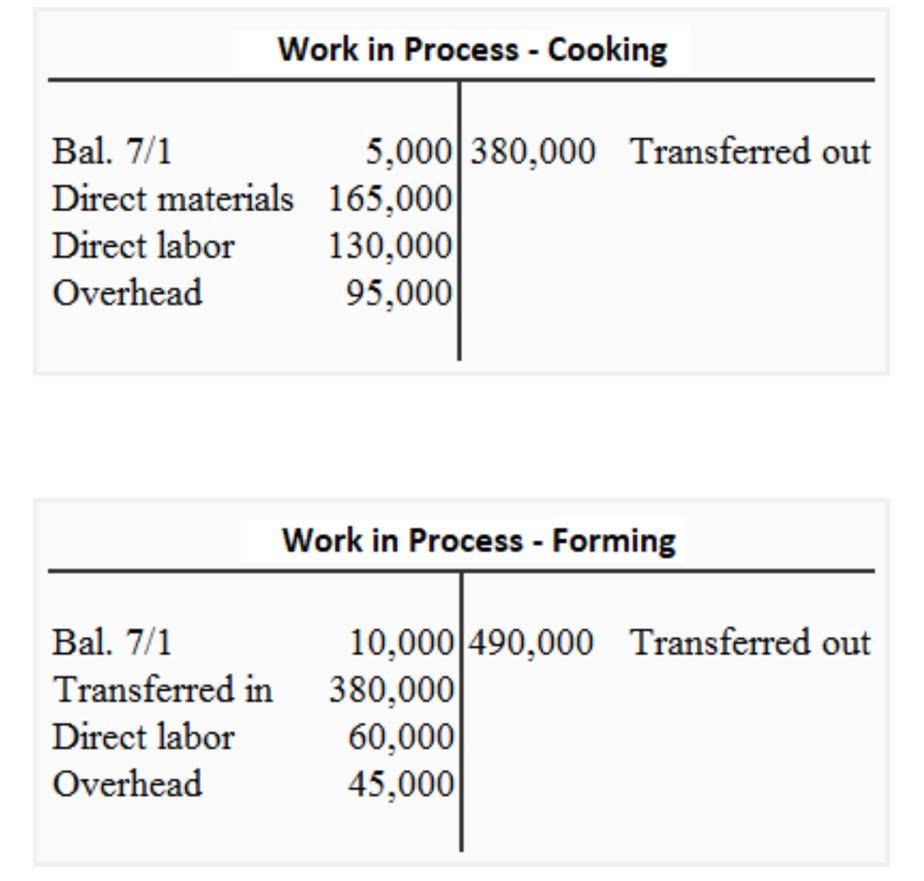
As such, many investors view companies with negative equity as risky or unsafe. However, many individuals use it in conjunction with other financial metrics to gauge the soundness of a company. When it is used with other tools, an investor can accurately analyze the health of an organization. Most businesses use at least some debt to finance their operations, whether it’s a loan from a bank or a credit from the supplier.
Understanding Stockholders‘ Equity
For example, the equity of a company with $1 million in assets and $500,000 in liabilities is $500,000 ($1,000,000 – $500,000). For example, if a business purchases a machine for cash, it only changes the composition of the assets. Retained assets = liabilities + owners equity earnings are a component of shareholder equity and represent the percentage of net earnings that are not distributed to shareholders as dividends. Therefore, cash or other liquid assets should not be confused with retained earnings.
What’s Included in Owner’s Equity?

The balance sheet provides an overview of the state of a company’s finances at a moment in time. It cannot give a sense of the trends playing out over a longer period on its own. For this reason, the balance sheet should be compared with those of previous periods.
Bankrate logo

This concept is important because it represents the ownership interest in a company and is a key metric for evaluating the financial health of a business. For instance, in looking at a company, an investor might use shareholders’ equity as a benchmark for determining whether a particular purchase price is expensive. On the other hand, an investor might feel comfortable buying shares in a relatively weak business as long as the price they pay is sufficiently low relative to its equity. If you look at the balance sheet, you can see that the total owner’s equity is $95,000.

Last, a balance sheet is subject to several areas of professional judgement that may materially impact the report. For example, accounts receivable must be continually assessed for impairment and adjusted to reflect potential uncollectible accounts. Without knowing which receivables a company is likely to actually receive, a company must make estimates and reflect their best guess as part of the balance sheet.
Profitability Ratios
- Then, current and fixed assets are subtotaled and finally totaled together.
- It is essential to consider the appropriate depreciation method for each asset to ensure accurate financial reporting.
- Valid financial transactions always result in a balanced accounting equation which is the fundamental characteristic of double entry accounting (i.e., every debit has a corresponding credit).
- It is not the only metric to consider when performing a financial audit or screening of a company, but it is essential.
- These private equity investors can include institutions like pension funds, university endowments, insurance companies, or accredited individuals.
Managing long-term debt effectively is essential for a company’s financial health and long-term success. Owner’s equity is normally a credit balance on the balance sheet which basically suggests that the total assets exceed the total liabilities of a business. The two components of owner’s equity are contributed capital and retained earnings. Contributed capital includes both common and preferred stock, https://www.bookstime.com/ while retained earnings represent the portion of a company’s profits that have not been paid out as dividends. Retained earnings are part of shareholder equity and are the percentage of net earnings that were not paid to shareholders as dividends. Think of retained earnings as savings since it represents a cumulative total of profits that have been saved and put aside or retained for future use.
What is the difference between an asset and a liability?

In the accounting equation, every transaction will have a debit and credit entry, and the total debits (left side) will equal the total credits (right side). The closing balances on the statement of owner’s equity should match the equity accounts shown on the company’s balance sheet for that accounting period. The accounting method under which revenues are recognized on the income statement when they are earned (rather than when the cash is received). In above example, we have observed the impact of twelve different transactions on accounting equation. Notice that each transaction changes the dollar value of at least one of the basic elements of equation (i.e., assets, liabilities and owner’s equity) but the equation as a whole does not lose its balance. A balance sheet explains the financial position of a company at a specific point in time.
- You can access these reports through a company’s investor relations section on its website, or via the SEC EDGAR database.
- In other words, this equation allows businesses to determine revenue as well as prepare a statement of retained earnings.
- A company can use its balance sheet to craft internal decisions, though the information presented is usually not as helpful as an income statement.
- All this information is summarized on the balance sheet, one of the three main financial statements (along with income statements and cash flow statements).
- Regardless of how the accounting equation is represented, it is important to remember that the equation must always balance.
- It cannot give a sense of the trends playing out over a longer period on its own.

And the difference between how much it owns and how much it owes is called owners’ equity. That’s the amount the owners of the company (i.e. shareholders) have invested in the company. Shareholder equity can also be expressed as a company’s share capital and retained earnings less the value of treasury shares. Though both methods yield the exact figure, the use of total assets and total liabilities is more illustrative of a company’s financial health.
Dividends Paid and Net Income
- If they don’t balance, there may be some problems, including incorrect or misplaced data, inventory or exchange rate errors, or miscalculations.
- All participants must be at least 18 years of age, proficient in English, and committed to learning and engaging with fellow participants throughout the program.
- The total shareholder’s equity section reports common stock value, retained earnings, and accumulated other comprehensive income.
- In short, the balance sheet is a financial statement that provides a snapshot of what a company owns and owes, as well as the amount invested by shareholders.
- Equity can be found on a company’s balance sheet and is one of the most common pieces of data employed by analysts to assess a company’s financial health.
- Calculate the value of the stockholder’s equity at the end of the Financial Year 2019 and 2020 using the same information.
